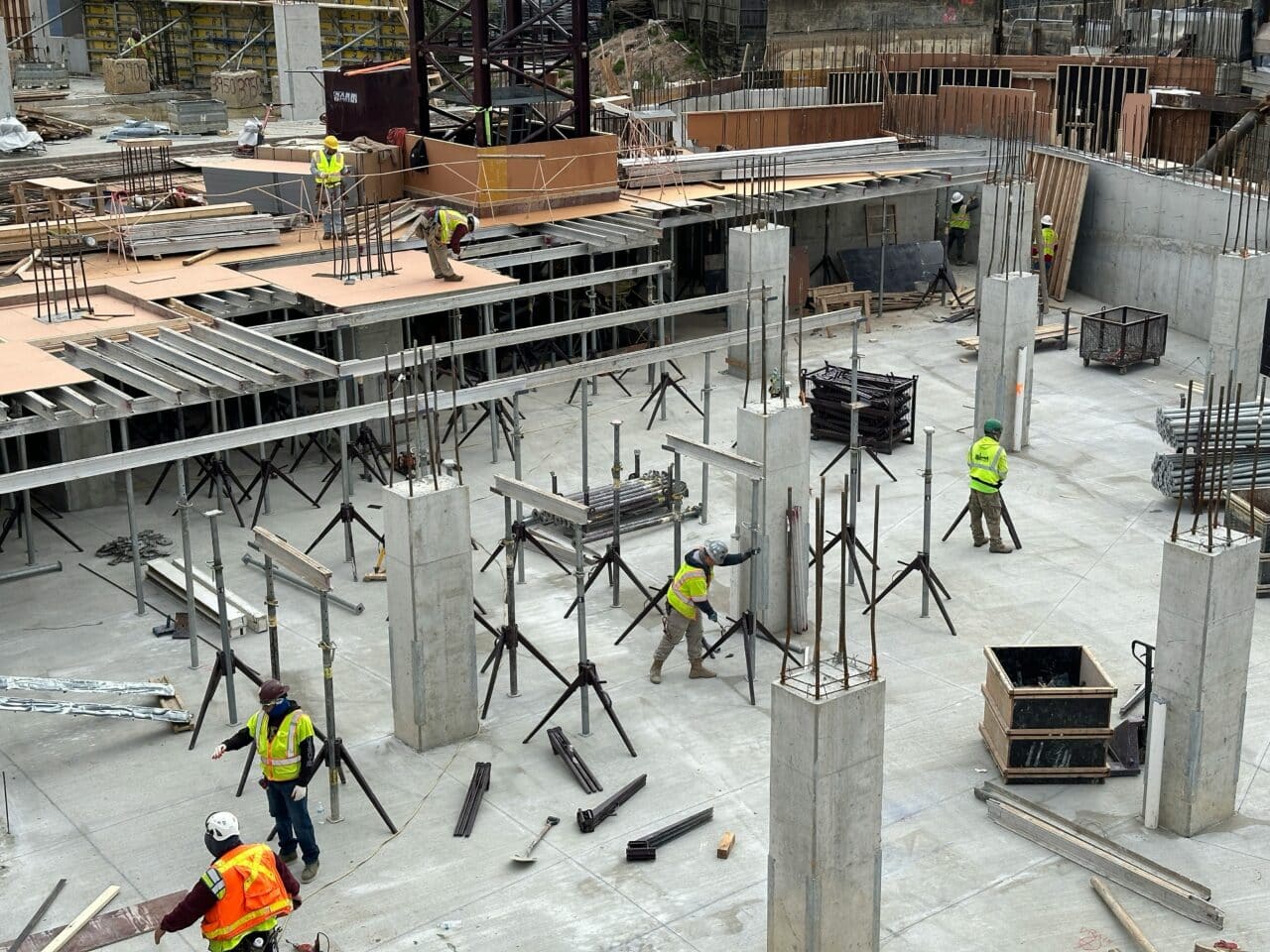Date 05.02.2025
Sequencing Requirements and Development Agreements – Continuation of Development Tax
The use of sequencing requirements and development agreements has been contentious for a long time. Previously, there was significant criticism of private developers contributing to the financing of public infrastructure. However, there is now broad acceptance that it is reasonable to help address the needs created by development. More problematic is the lack of connection between the required measures and the development itself—there remains significant disagreement about what the Planning and Building Act practically allows.

Background
To shed light on the issue, it is natural to start with the legal regulation of development agreements in the mid-2000s. The background for the legislative change was to prevent municipalities from abusing their authority. For development agreements, a necessity condition was introduced, described in the legislative preparatory works as follows:
“The development must be the direct cause of the need for the contribution, so there is a relevant and close connection between the
contribution and the content of the plan.”
In the Mortensrud case from 2021 (HR-2021-953-A), which concerned the validity of sequencing requirements, the Supreme Court majority, with reference to the preparatory works, stated that the same limitations applicable to development agreements also apply to sequencing requirements:
“The municipality can only establish sequencing provisions to cover real needs triggered or intensified by the development or to
mitigate disadvantages it causes. This implies that there must be such a relevant and close connection between the measure and the
development project that it is justified to require the development to be carried out in a specific sequence.”
Additionally, it was clarified that fiscal considerations cannot justify sequencing measures, as explicitly stated in the preparatory works regarding what can be demanded as a development contribution in development agreements.
After the Mortensrud case, many expected the Supreme Court to also hear the appeal in the so-called Entra case. This case concerned both the validity of sequencing requirements and conditions in a development agreement regarding infrastructure upgrades, which Entra argued had too weak a connection to the needs created by the development. Despite parts of the Court of Appeal’s judgment in the Entra case sharply contrasting with the majority’s statements in the Mortensrud case, it was not admitted for review by the Supreme Court. This was surprising, and most observers, regardless of their stance, seemed to agree that the Supreme Court missed a golden opportunity to provide important clarifications.
Continuation of Development Tax
Experiences since the two rulings show that municipal practices have not changed. Developers are still expected to address measures with weak or no relevant connection to the needs created by the development. In many cases, municipalities seem primarily focused on “getting something out of” every development rather than analyzing the actual needs created by the development.
The consequence is that sequencing requirements and development agreements are still perceived as functioning as a development tax. The assumption of agreements where the municipality retains a portion of the VAT deduction/compensation achieved reinforces the impression of a development tax being levied.
The Majorstua Case
It is encouraging that a new case is now before the courts challenging the municipality’s practice with sequencing requirements and development agreements. The case concerns sequencing requirements and cash contributions for upgrading Majorstua station. The central question is: Is it really the development of Fridthjof Nansens vei 12 that necessitates the upgrade of Majorstua station? Or is the municipality using the situation to secure a financial contribution for a measure that would be carried out regardless? An additional aspect of the case is that the plans for the station have significantly changed from when the development agreement was entered into. How the development agreement will stand against the clear premise that fiscal considerations fall outside what can legally justify contributions to such measures will be interesting.
For a developer, it is challenging to be in a dispute with the municipality, and it is therefore positive that Norsk Eiendom has joined as a third-party intervener in the Majorstua case. Through this, the issue can also be highlighted on a broader level, as a significant challenge for the entire real estate industry—which continues to face considerable difficulties.
The case now before the courts is important, regardless of the proposal to amend the Planning and Building Act to allow for the establishment of zones with rules for landowner-financed infrastructure. This is both because the potential legislative change is currently only a proposal and especially because the proposed arrangement is likely to be voluntary for municipalities, meaning that sequencing requirements and development agreements are expected to continue being widely used. We hope and expect that the Supreme Court will take the opportunity to provide necessary clarifications if it gets the chance to hear this case.
Our Assistance to Commercial Development
We closely monitor developments in the real estate industry, including sequencing requirements and development agreements. We understand the complex challenges developers face when dealing with municipal demands and legal frameworks. Please feel free to contact us if you have questions or need assistance with development projects.





